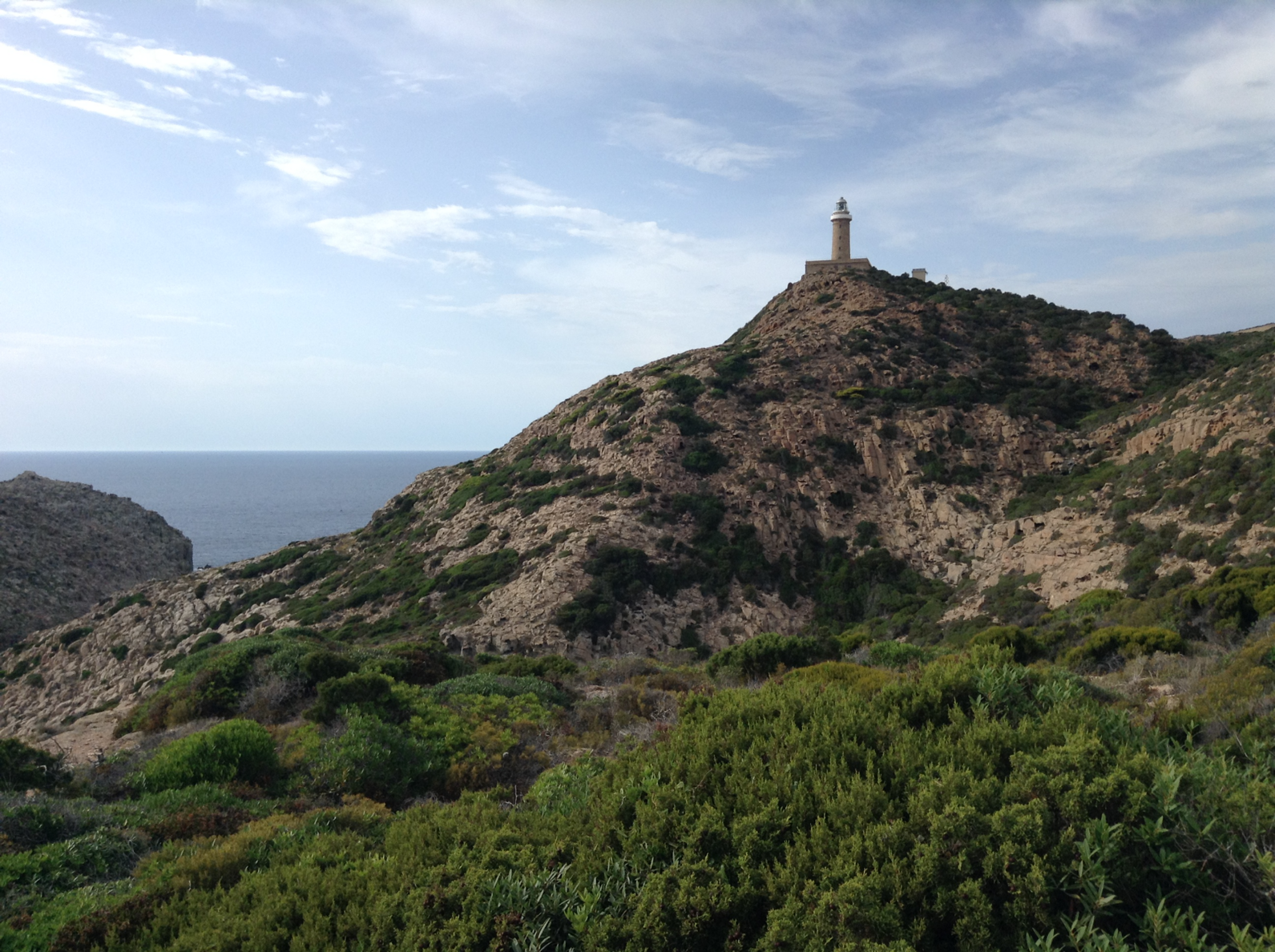

All Rights reserved by scratchMapSardinia.com
Discovering
the Island
Main Attractions Edition
The first scratch map of Sardinia, you will discover 40 attractions of the Island. Each of them will make you know more local elements.

38 - ISOLE DEL
TONNO
One of the strategic activities in Sulcis, remote and current, is certainly tuna fishing.
Tuna fishing in Sardinia has its origins in very remote times. There is a local legend of two sailors, Saints Peter and Antiochus, who, having landed on the Sardinian coast, along which large tuna abounded, taught the fishermen of the Sulci's islands the complex fishing techniques. It is very probable that tuna fishing dates back to the Nuragic period, evidence of which can be found in settlements dating back to the second millennium B.C. with bone flakes and stone harpoons. It is not unlikely that this activity can be dated back to the Neolithic period.
Between the different historical phases and the multiple occupations of populations in the Sulcis area, fishing techniques have undergone strong mutations, it is no coincidence in fact that it was the Arabs who imported the techniques of barrage at sea.
Later, around the 16th century A.D., the technique of fixed nets was introduced. The creator of this system in the area of the Sulcis islands was the Pietro Porta from Cagliari who was granted by King Philip II to set the first traps.
The historical tuna nets of Sulcis have therefore been active for 5 centuries and are the only ones in Italy. Although under concession, the tuna nets were owned by the King.
The tuna nets had an economic boom between the end of the 18th and the beginning of the 19th century, there were in fact profitable examples of tuna nets also in northern Sardinia, in Asinara and Stintino in particular.
In this period more than 20 traps could be counted on the whole west coast, whose production was estimated at more than 80% of the whole national production.
The historical tuna traps in the Sulcis area are those that have arisen in Carloforte, Sant'Antioco, Porto Paglia, Portoscuso and Isola Piana.
In the '70s the crisis of the pollution of the seas, which arose in conjunction with the birth of the local industrial pole, has achieved the obvious closure of the tuna nets in a few years. Thanks to the environmental sensitivity acquired and the new regulatory interventions to protect the environment system, two tuna traps, still active and flourishing today, were reopened in Portoscuso and Isola Piana (Carloforte).
Every year, between May and June, during the period of the tuna slaughter, the Girotonno takes place, a cultural and gastronomic event of international level, demonstrating how much the bluefin tuna fishing has shaped the society and the economy of the island. In the Civic Museum of Carloforte, you can observe, among other things, a model of tuna trap and a scale model of the nineteenth-century factory for tuna processing and conservation and a series of historical documents on boatmen or galanzieri.









